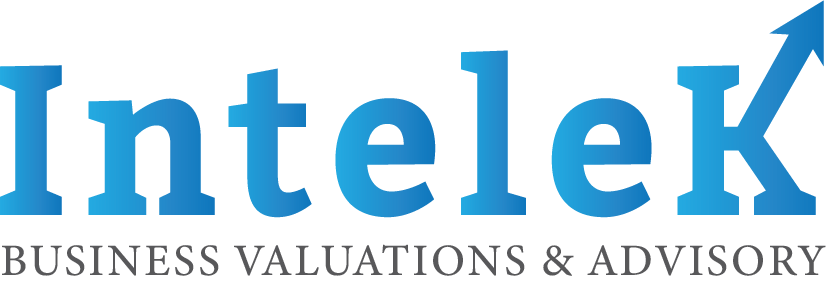Cost Approach
The cost approach values a business based on the net assets (total assets minus total liabilities) a business holds. The approach uses the economic principle that a buyer will pay no more for an asset than the cost to obtain the asset of equal characteristics, and can be referred to as the “cost to replace”.
The main business valuation methods within the cost approach are:
Book Value Method: utilizes the net asset values as presented on the company’s balance sheet
- Net Adjusted Value Method (NAV): calculated based on the fair market values of net assets (i.e., the price a knowledgeable seller and buyer would trade the assets for at an arm’s length transaction)
The reason why net asset values are adjusted in the second method is because the balance sheet provides an accounting-based calculation of value. This means that the value of the assets is adjusted based on their depreciation rate, which may not equal their real “market value” if they were to be sold/liquidated to the market. For example, a car that is five-years old has been depreciated to a value of zero on the balance sheet, where if sold to the market, it most likely would still be worth thousands of dollars. Therefore, when we are finding the value of the entire company, we “adjust” each of the assets and liabilities to their “market value”.
Setbacks of the Cost Approach
One of the issues with the cost approach is that it values the company based on the sum of individual values of its assets, ignoring that the assets as a collective can produce higher returns. Other approaches, such as the income and market approach, instead focus on the cash flows generated from the assets a company holds as a collective.
Keep in mind that the above includes intangible assets and goodwill not yet accounted for on the balance sheet, such as intellectual property, reputation, brand awareness, etc. For this reason, the cost approach is often considered the weakest when valuing a company that it’s expected to operate into perpetuity.
However, the cost approach is appropriate when the value generated from the expected cash flows of a company are smaller than the sum of its individual net assets, since the value of a company should represent its highest and best use. As an example, in the case of a company that has lots of good, working tangible assets, such as machinery, etc., but is unable to generate profits from them, the company’s highest and best use of those assets is sold as individual assets (i.e., under the cost approach).
Cost Approach Formula
The cost approach formula is basically the same in both methods, with the exception that in the NAV method, the adjusted values of assets and liabilities are used instead. The formula is as follows:
Company Value = Total Adjusted Assets – Total Adjusted Liabilities
The formula is simple, and it implies that the company’s value is based on the assets it holds, minus the liabilities it’s yet to pay.
Cost Approach Appraisal Example
Let’s use an example. Assume that a company holds a range of assets valued on the balance sheet for $500,000, which includes machinery, cash, account receivables, property, etc., and liabilities for $300,000 in accounts payables, loans, tax liabilities, etc. The company’s book value would be:
Book value method = $500,000 – $300,000 = $200,000
Now, reviewing the company’s balance sheet, it has fully depreciated assets that in the market would be sold for $100,000 total. The net adjusted asset value would then yield:
$500,000 + $100,000 – $300,000 = $300,000
Conclusion
Estimating a company’s value based on the book value or net adjusted assets method means that each asset is valued individually. For this reason, this method is preferred on a liquidation premise of value.
The cost approach is often considered the weakest of all the approaches to value a company because it ignores the value of goodwill and intangible assets not yet accounted for in the balance sheet.
Despite its weakness, the cost approach is often used for holding companies that generate minimal cash flows but hold significant assets, businesses under liquidation or imminent liquidation, or normal operating companies that hold a significant amount in asset value relative to the value generated from their expected cash flows, due to the highest and best use principle.





